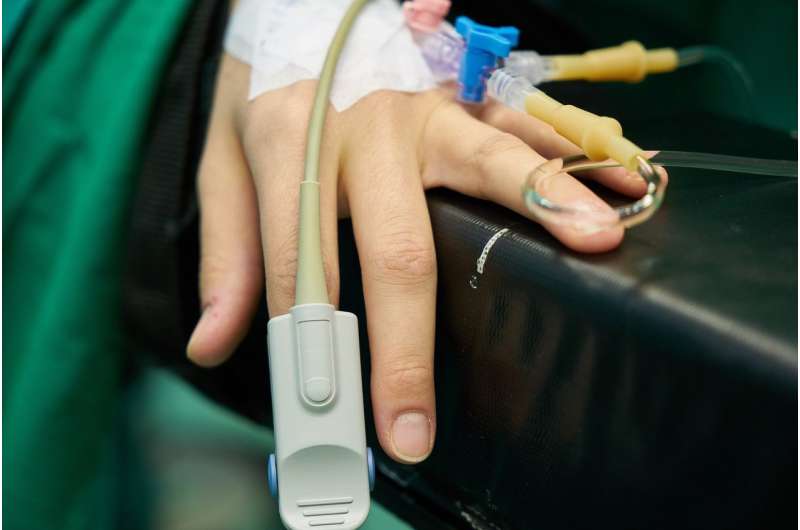Credit: CC0 Public Domain
Researchers at the Stanford University School of Medicine have demonstrated a method of forecasting which breast cancer patients will suffer heart problems from a commonly used chemotherapy drug.
The researchers also found that a class of medications already approved by the Food and Drug Administration may mitigate these side effects.
"We could use this method to find out who's going to develop chemo-related toxicity and who's not," said Joseph Wu, MD, Ph.D., professor of cardiovascular medicine and of radiology and director of the Stanford Cardiovascular Institute. "And now we have an idea about the cardioprotective medications we can give them."
A paper describing the work will be published online March 14 in Circulation. Wu, who is the Simon H. Stertzer, MD, Professor, is the senior author. Former research fellow Tomoya Kitani, MD, now a clinical assistant professor at the Kyoto Prefecture University of Medicine in Japan, is the lead author.
Between 15 and 20 percent of breast cancer patients have the HER2-positive variety, for which the most effective treatment is the chemotherapy drug trastuzumab, sold under the brand name Herceptin. But trastuzumab also causes more heart problems than other breast cancer drugs; about 15 percent of patients taking it will develop cardiac dysfunction, likely because of a genetic predisposition. The side effects include a reduction in the amount of blood the heart pumps with each contraction and, less commonly but more seriously, heart failure. Except for quitting trastuzumab, there currently is no treatment for the side effects.
Knowing which patients will develop heart problems—and having medications to treat them—could allow patients to receive the most effective cancer-fighting therapy.
From stem cells to heart cells
The researchers conducted the study in a lab, using blood from three healthy participants and from seven participants with breast cancer, including five who had experienced cardiac dysfunction due to trastuzumab. They derived stem cells from the white blood cells, then coaxed those stem cells to develop into heart cells, or cardiomyocytes.
When they applied trastuzumab to the cells from breast cancer patients who showed heart dysfunction, the cells contracted less vigorously. But when they applied trastuzumab to the cells of breast cancer patients who had not suffered side effects, the cells showed little change. The cells from patients who suffered more severe heart problems in reaction to trastuzumab showed more pronounced weakening than those from patients with less severe problems.
The researchers hypothesize that trastuzumab disrupts the cells' energy pathway in some patients. "It changes the way the heart cells consume energy," Wu said.
The researchers then applied medications known as AMPK activators to the weakened cells. This class of medications includes metformin, a drug commonly used to treat Type 2 diabetes. As the researchers expected, the weakened cells ate up more glucose and contracted more vigorously with AMPK activators.
Plan for retrospective study
The researchers plan to follow these findings with a retrospective study of patients who were taking metformin for diabetes while they were receiving trastuzumab for breast cancer. If they find that patients on metformin had fewer cardiac side effects, they hope to conduct a trial to see if giving patients metformin with trastuzumab will show the same results.
Wu said testing drugs on cells in a lab can vastly reduce the time needed to bring drugs to patients, as well as the cost. "You can screen them in a dish first," he said. "This will significantly cut the cost of drug development, providing better and more affordable drugs to the population."
The work is an example of Stanford Medicine's focus on precision health, the goal of which is to anticipate and prevent disease in the healthy and precisely diagnose and treat disease in the ill.
Journal information: Circulation
Provided by Stanford University Medical Center



















